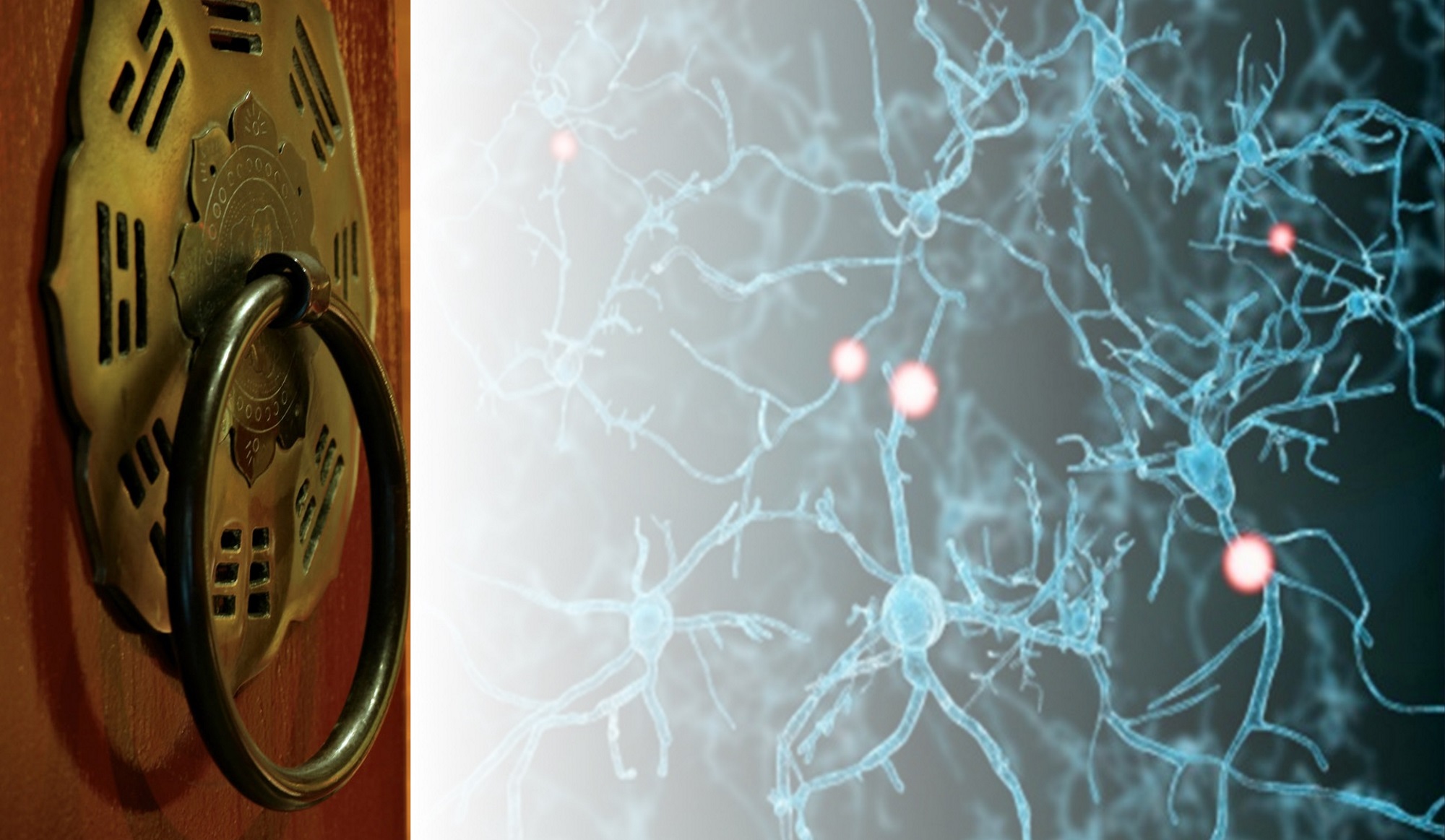Some of our achievements in the areas of molecular neuroscience and TCM-based drug discovery are highlighted here:
Discovery and development of telomerase activators for age-related diseases
BRI’s researchers employed a systemic approach to screen TCM extracts for telomerase modulators. Over fifty different TCMs were screened, and two compounds were identified as potential drug leads for treating age-related diseases. Satisfactory results have been received from scale-up manufacturing and pre-clinical studies. This project was performed in partnership with Geron Corporation, a leading biopharmaceutical company in the United States.
Optimization of novel dimers to fight against neurodegenerative diseases
Researchers at BRI have synthesized a series of novel dimers which are derived from huperzine A, a compound extracted from the Chinese medicinal herb Huperzia serrata. With dual sites of action, the dimers are found to be highly potent and highly selective. An Australian-based life science management and investment company, pharmaBank Pty Limited (pharmaBank), expressed interest in the commercial potential of these compounds, and forged a collaboration with BRI to optimize the lead compounds and perform pre-clinical studies.
Identification and optimization of effective neuroprotective agents
BRI’s research group has identified and optimized several groups of compounds from TCM that have potent protective effects against neuronal cell death caused by excitotoxicity. These compounds are of high therapeutic significance and could be developed into effective therapies for the treatment of various diseases such as Alzheimer’s disease, Parkinson’s disease, stroke, and depression.
Discovery and synthesis of novel melatonin analogues as potential therapeutic agents
Extensive research has been done in the design and synthesis of novel melatonin analogues as MT1/ MT2 receptor agonists and antagonists. The potent subtype selective receptor ligands are potential treatments for diseases associated with the desynchronization of biological rhythms, as well as depression, cancer and neurodegenerative diseases. They can also be used as research tools for the study of MT1 and MT2 receptor pharmacology, and for the investigation of melatonin in physiological and pathophysiological conditions.
Identification of potential drug targets
Scientists at BRI have been proactive in facilitating the identification of potential drug targets for the discovery of novel therapeutics. One of the successful examples is the identification of guanine nucleotide-binding protein (G protein) chimeras which are critical in the uncovering of orphan G protein-coupled receptors (GPCRs). The isolation of three novel p35 nck5a proteins also plays an important role in the detection of potential drug targets associated with cyclin-dependent kinase 5 (Cdk5).
Demonstration of a novel signaling mechanism at the neuromuscular synapse
BRI’s scientists have been conducting studies on various aspects of Cdk5. They demonstrated that Cdk5 is a key player in neuromuscular synapse and Alzheimer’s disease, and discovered a peptide with inhibitory activity against Cdk5 and Cdk2. This peptide possesses immediate utility as a bio-medical research tool, and may serve as a lead for the development of novel drugs targeting the inhibition of both Cdk5 and Cdk2.

